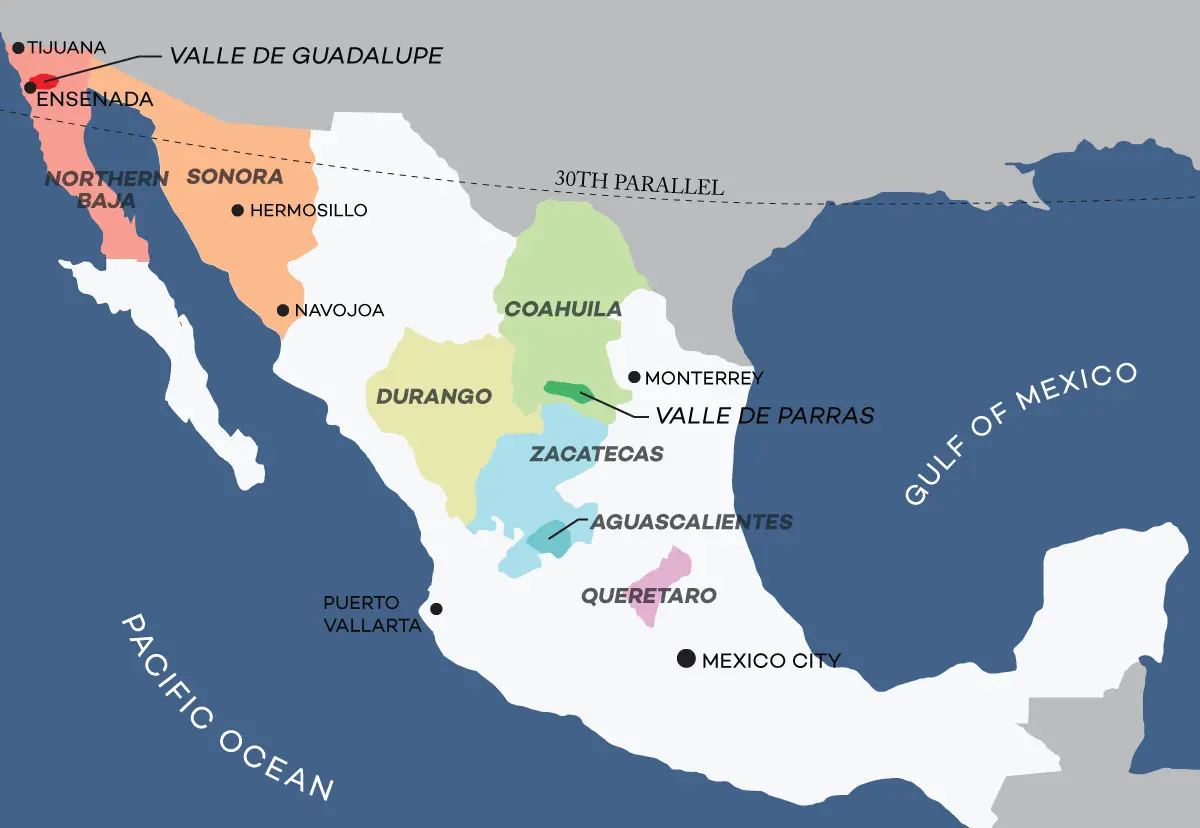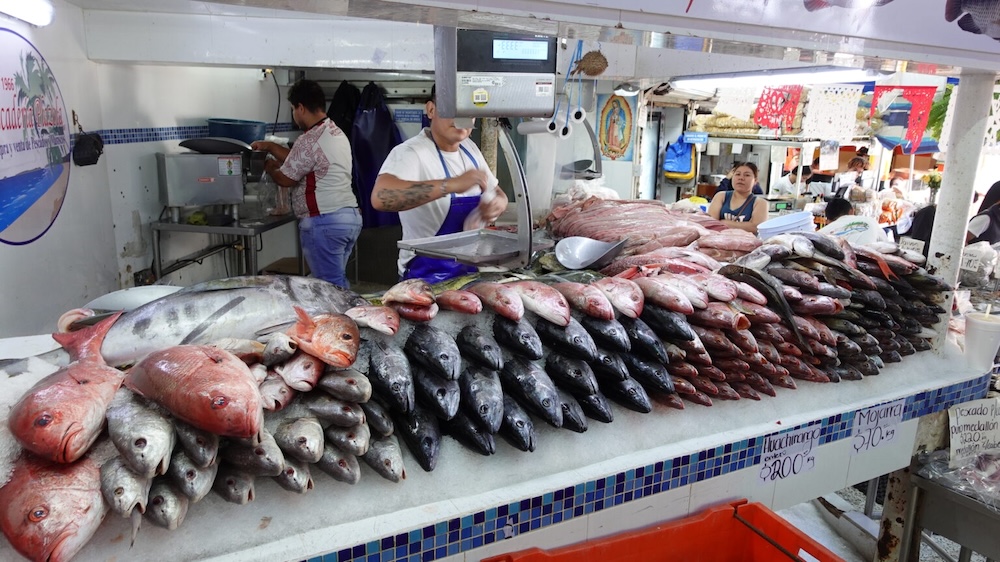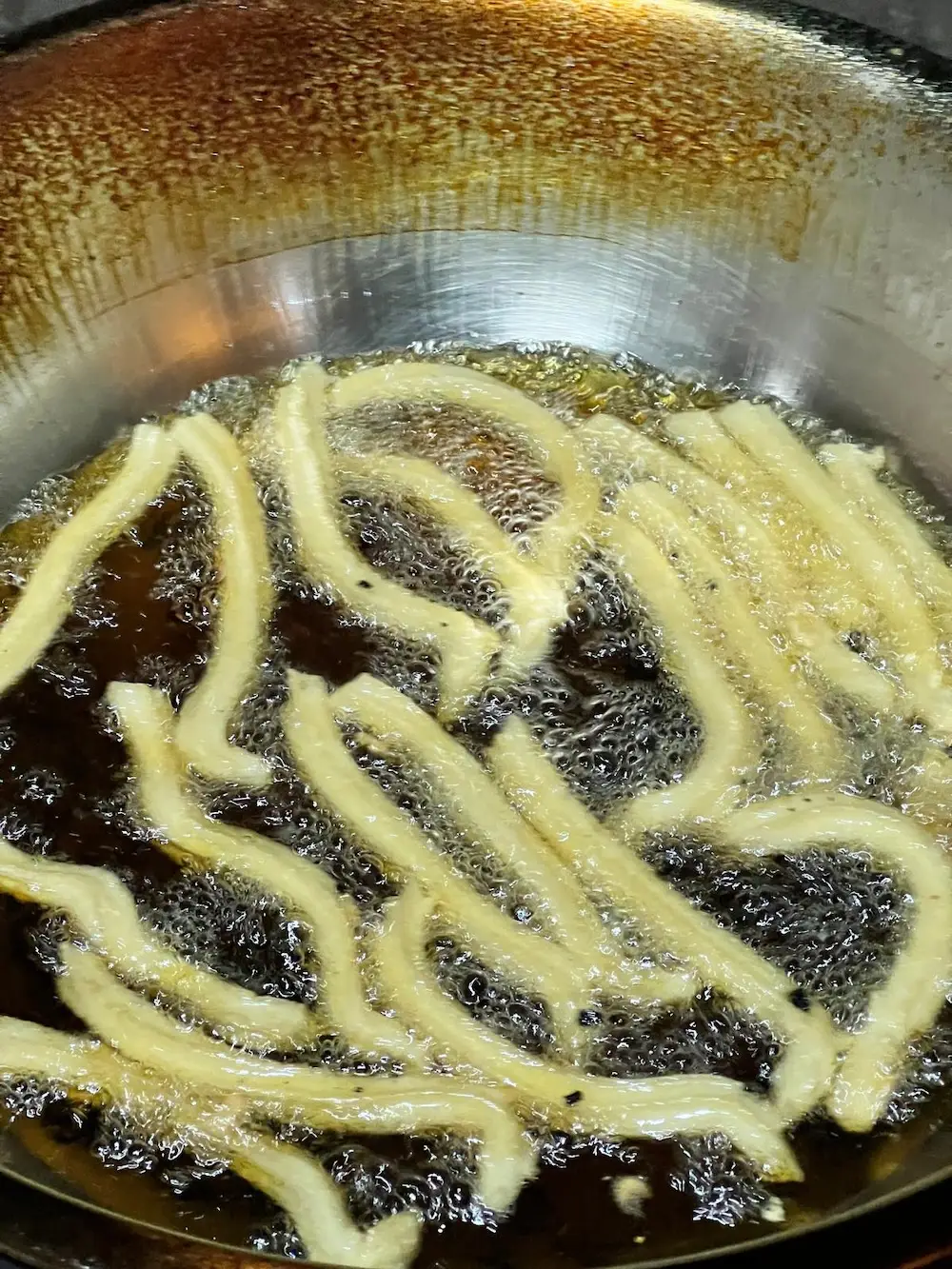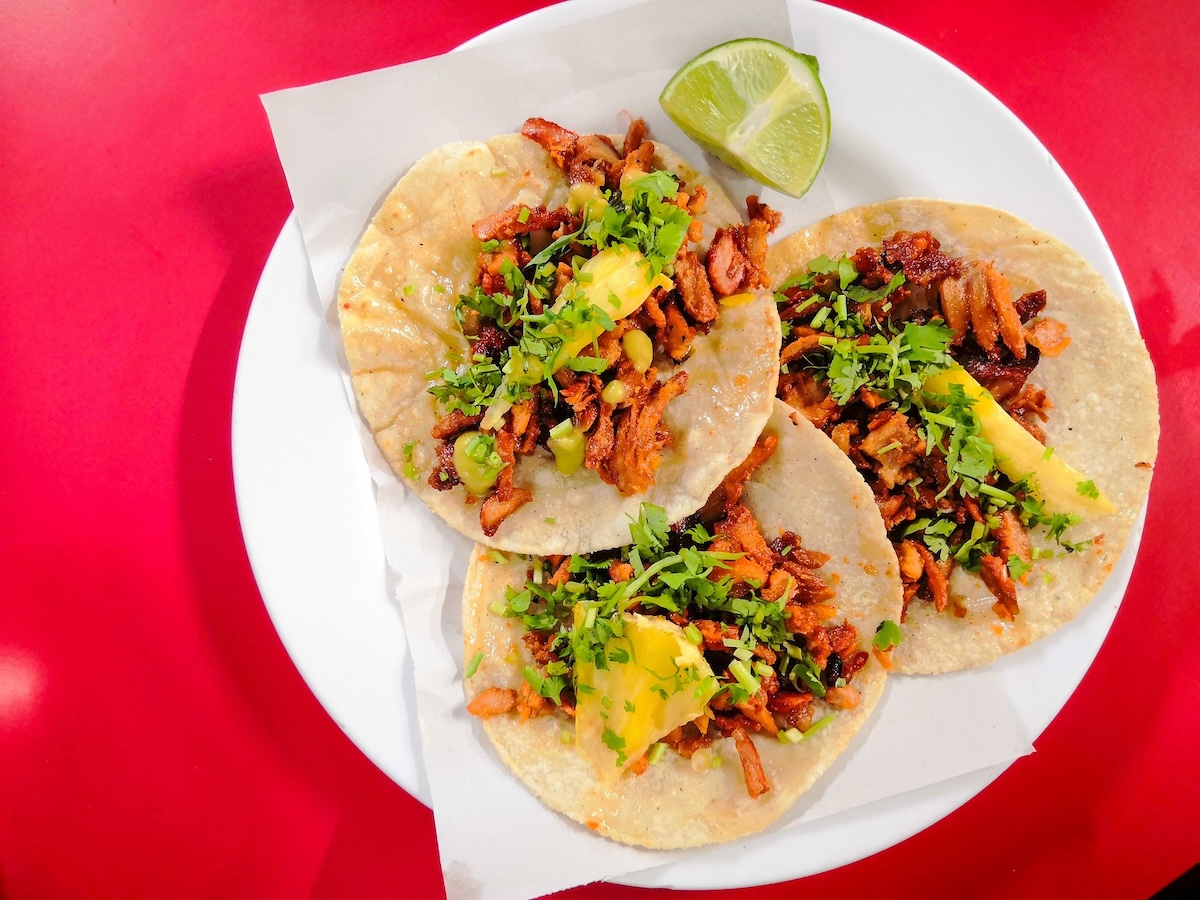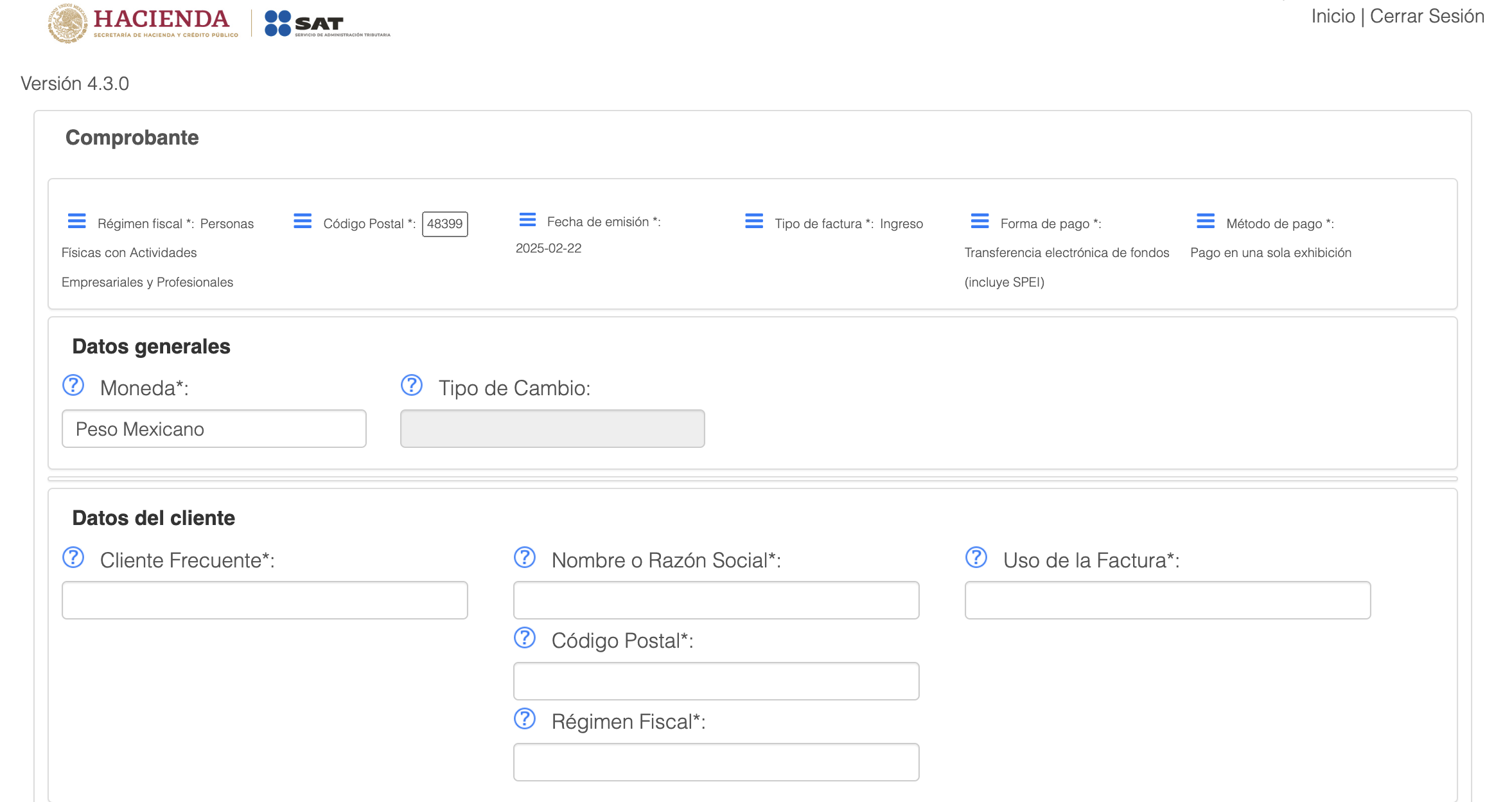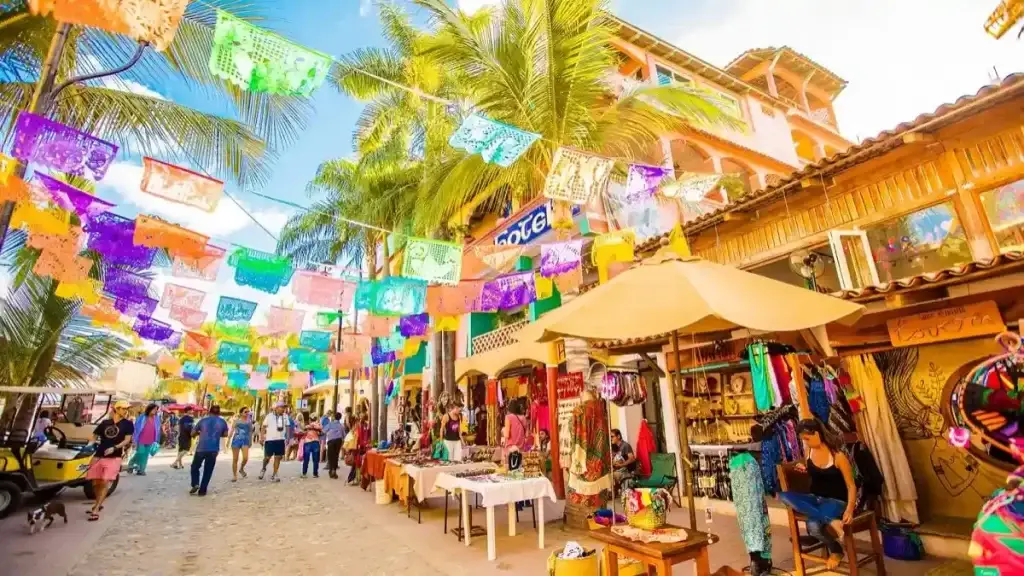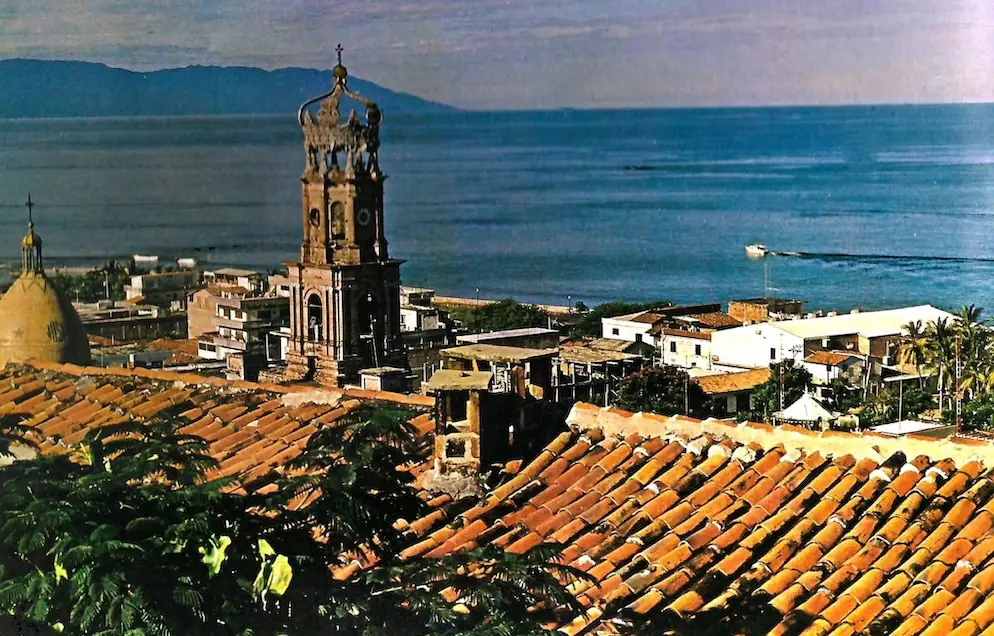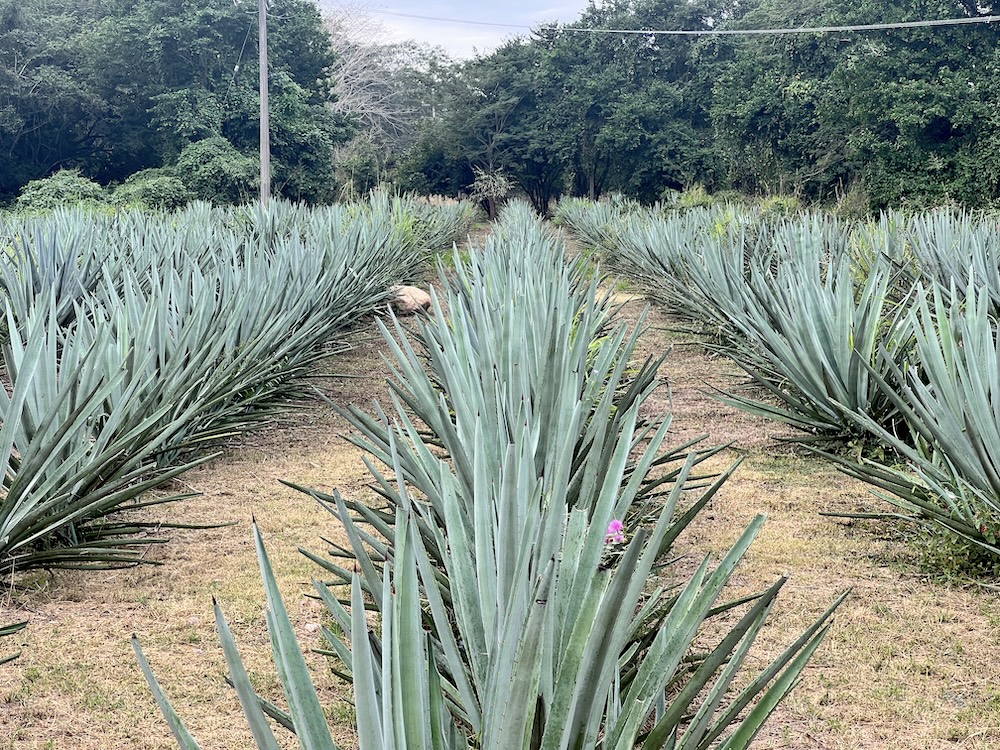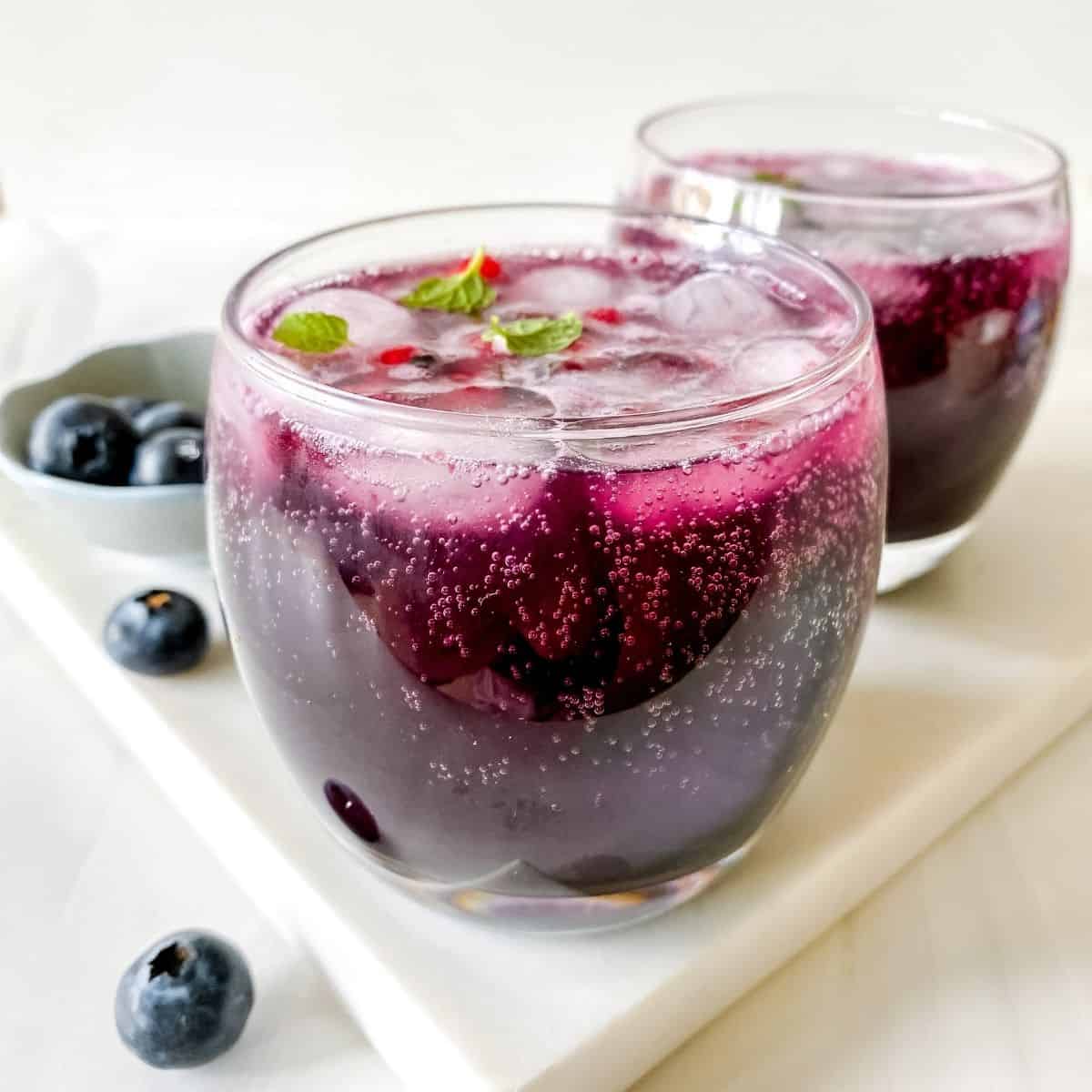Mexico’s wine industry is rapidly growing, earning international recognition for its diverse varieties and unique terroir. Here’s a look at the basics of Mexican wine, featuring top regions, award-winning producers, and varieties to try when in Puerto Vallarta.
Key Regions of Mexican Wine
Mexico’s wine production spans three main regions:
- North: Baja California and Sonora, with Valle de Guadalupe leading in quality and innovation.
- La Laguna: Coahuila and Durango, where Coahuila’s Casa Madero, the oldest winery in the Americas, is located.
- Central: Zacatecas, Aguascalientes, and Querétaro, where high-altitude vineyards produce European-style wines.
How Grapes Thrive in Mexico’s Climate
- High altitude: Vineyards are located at elevations up to 8,000 feet, providing cooler temperatures and necessary diurnal shifts.
- Dry conditions: Arid climates with controlled irrigation ensure high-quality grape growth.
- Unique terroir: Low humidity and dramatic temperature swings create ideal growing conditions for diverse varieties.
Did you know?
Historical Note: Vines were brought to Mexico by Spanish conquistadors in the 16th century, with the first commercial winery founded in 1597 by Captain Francisco de Urdiñola in Parras, Coahuila. This makes Mexican wine history one of the oldest in the Americas.
Top Mexican Wineries and Award-Winning Wines
Mexican wines earned 85 medals at the 2023 Concours Mondial de Bruxelles, demonstrating their quality and growth. Here are some standout producers and their award-winning wines:
Best Mexican Wineries
- Casa Madero (Coahuila): Renowned for its classic reds like Cabernet Sauvignon and Shiraz.
- Monte Xanic (Baja California): Known for its premium blends and fresh whites.
- El Cielo (Baja California): Offers robust reds, including Malbec and Syrah.
- Vinícola La Carrodilla (Baja California): Specializes in organic reds like Tempranillo and Syrah.
- Pedro Domecq (Baja California): Famous for bold reds and elegant whites.
Must-Try Mexican Wines
When exploring wine lists in Puerto Vallarta, consider these top reds, whites, rosés, and sparkling wines:
Reds
- Cenzontle Blanco 2019, Finca El Empecinado (Valle de Guadalupe, Baja California): Grand Gold winner and Revelation Wine of the Year.
- Monte Xanic Cabernet Sauvignon-Merlot 2021 (Valle de Guadalupe): A rich, award-winning blend.
- Rolu Tempranillo 2020, Rolu Winery (San Vicente, BC): A well-rounded red with depth.
- Gran Reserva 3V 2019, Casa Madero (Parras Valley, Coahuila): Deep and complex.
Whites
- XA White 2022, Pedro Domecq (Valle de Guadalupe): Bright and aromatic.
- Sauvignon Blanc 2022, Wolf Gate (Querétaro): Crisp with tropical notes.
- Atempo Albariño 2022, Cote Wineries (Querétaro): Vibrant with floral hints.
Rosés
- Selene Rosado 2019, El Cielo Wines (Guadalupe Valley): A dry, refreshing rosé with berry notes.
- Bella di Fiori Rosé 2019, Martlot (Valle de Guadalupe): Elegant and floral.
Sparkling Wines
- Parvada Blanco 2022, Parvada Winery (Parras Valley, Coahuila): Bright bubbles with a clean finish.
- Halley Blanco 2022, El Cielo Wines (Guadalupe Valley): Effervescent, with notes of apple and pear.
Did you know?
Wine Prices in Mexico: While it may seem logical that Mexican wines would be cheaper than those from California, they often aren’t. This is largely due to Mexico’s high taxes on wine, which include a 16% IVA and a luxury tax of 26.5%-30%. Taxes can account for nearly half the cost of a bottle, making Mexican wines more expensive than expected.
Mexican Wine Tasting in Puerto Vallarta
For a hands-on experience, join wine-tasting events in Puerto Vallarta. Casita & Garden, Wine and Sake Experience, offers a relaxed setting in the Old Town, allowing you to sample top Mexican wines with expert guidance.
Conclusion
Mexican wine offers a rich experience for both connoisseurs and casual drinkers. Whether you’re exploring full-bodied reds, crisp whites, or refreshing rosés, Mexico’s diverse wine regions are worth savoring.
